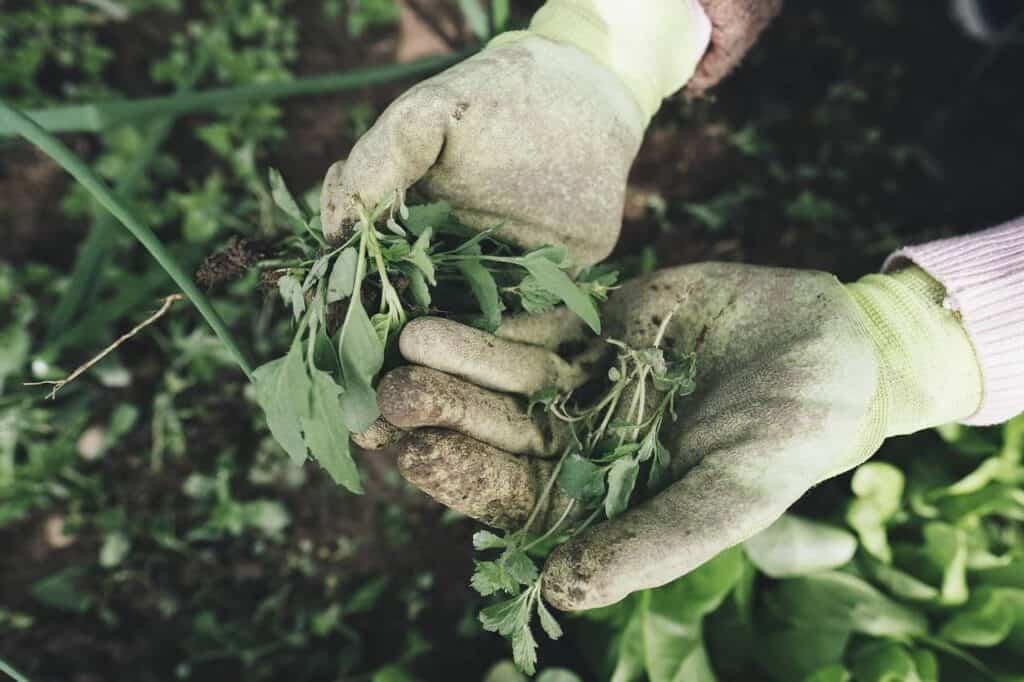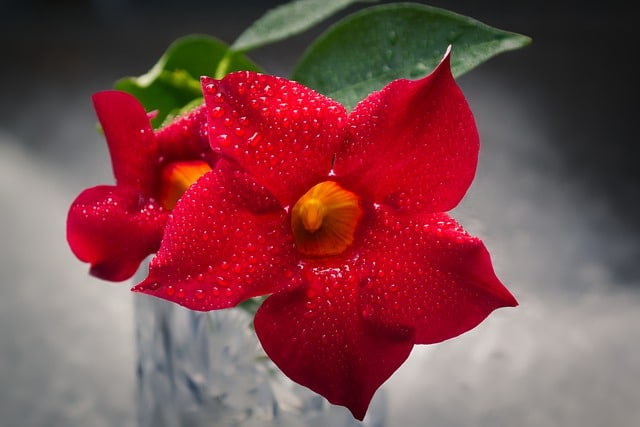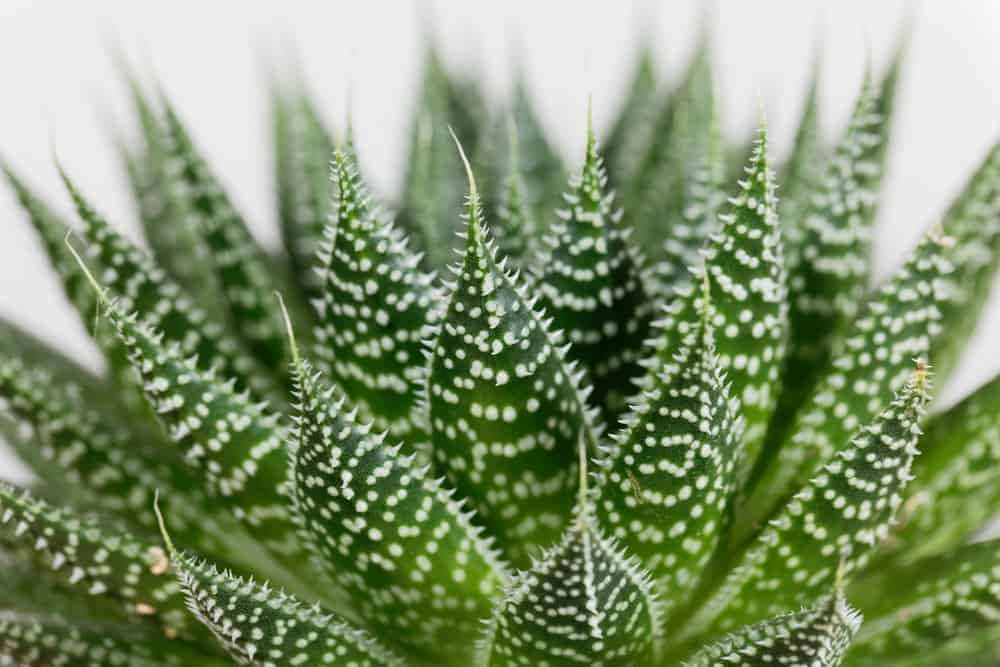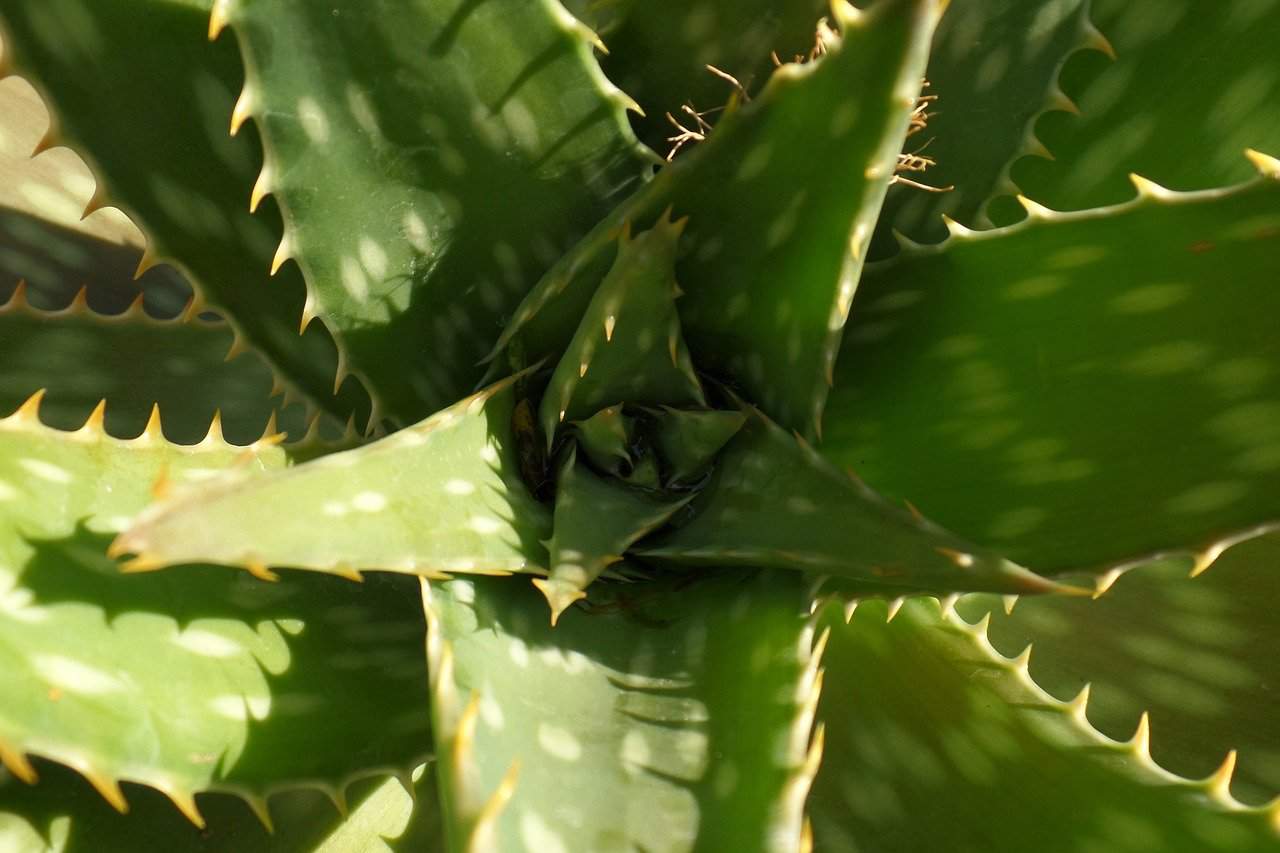Image by Seksak Kerdkanno from Pixabay
Table of Content
Things to Know Before You Start an Indoor Garden
Because gardening works for a lifetime, that never ends!
Indoor gardening catches many people’s interest, as it allows you to have your own homegrown healthy, organic vegetables, fruits, and herbs all year round, saving you tens of dollars. However, due to gardening’s gazillion benefits, people wish to start their own but get skeptical or may find themselves in a nook because they do not have the proper knowledge about the “dos and don’ts” regarding indoor planting and stuff.
When Should You Start an Indoor Garden? – Know Before You Sow!
Indoor gardening allows many people to add greenery and fresh veggies to their homes. The house plants purify your surroundings, but they also clean your mind and soul. Your indoor or home garden can save you many trips to the market, especially in the given circumstances of the ongoing pandemic and lockdown; indoor gardening has emerged as a “quarantine hobby” for many people. Even if you have become a procrastinator and regret gaining all that weight, starting an indoor garden may be better than running to a gym. It will provide you with fresh vegetables, fruits, and herbs and
But there are a few things that you need to learn before because you cannot just randomly go picking any kind of seed and sow them anywhere you like. After all, gardening can be a disaster if not done right. However, with the right knowledge, proper tools, and long-term planning, you can grow the vegetables, fruits, and herbs of your choice; or just flowers to look your indoor extravagant indoor main question is, how and when should you start it?
Well, keep reading on, and you will get to know everything!
Start with a plan according to your budget:
An hour of planning can save you many hours of doing!
You do not have to be rich to start an indoor garden; you need to be smart enough to fit things into your budget.
It would be best to plan according to your budget for where you will be planting your seeds; denote a specific area that will be your “indoor garden”; it can be as large as you want or as small as you wish to wish. It can be on your kitchen counter, the sunny area in your living room, the pots on your patio, or build your greenhouse! While finding the right place for your indoor garden, keep a few things in mind, such as:
- Your plants will need sunlight. Either get a place that has a south-facing window that will allow sunlight to be reflected on your plants, but if the natural source of light is not possible, you need not worry; because you can always get an artificial grow light for your indoor plants, such as fluorescent lights or high-intensity discharge bulbs.
- I prefer an area with proper tiling or a floor with linoleum as it will allow for cleaning up the mess efficiently and catch the inevitable water pouring down from your plants in the form of droplets. But if that is not possible, it is okay; you can always place a ground cloth or a tarp on the floor or under the table.
- Get a humidifier and a thermostat to control the humidity and temperature. Lack of moisture can ruin the indoor plants, and drastic temperature changes are a big no-no for the plants; most indoor plants prefer temperatures between 60-80 degrees Fahrenheit. Therefore you need to regulate both.
- Get all the gardening tools like a shovel, pruning and trimming shears, gardening stakes, humidifies, thermostat, watering can, mister, and a gardening meter. Although this might seem like a bit of an investment, it will always be profitable in the long run. Because, as they say, gardening is the purest of human pleasures!
Once you have your place ready, decide what you need to plant. Choose from the ones you love, like hot pepper, potatoes, radishes, carrots, green onions, etc. Buy the seeds or small plants and the necessary supplies with your money, and you are good to go!
Many herbs are an excellent choice for indoor gardening, as they are pocket-friendly, compact, easy to handle and grow. Toss them in your salads, or garnish your food herbs like mint, basil, and rosemary are excellent choices for beginners!
Now that you have a plan, get your hands on the supplies!
It would be best if you had your gardening tools and some other supplies to sow the seeds and grow the plants, for example:
- It would help if you had a container or a plating tray with a medium (soil) to plant your seeds. The best choice is to get trim, shallow containers with proper drainage holes to allow aeration and hydration of the roots and soil. There are pre-packaged or pre-planted containers, pots, and trays available that you can buy as an excellent choice for hassle-free planting.
- Get an organic potting soil that will allow your plants to grow with a fertilizer, promoting healthy growth.
- Once you have your container and soil ready, get your seeds, and plant them.
- Therefore, you will need to water your plants to get a watering can or a mister (that sprays the plants with water gently).
Once you get all of your supplies together, you are almost there to start an indoor garden.
When we talk about sowing the plants, you need to check your areas’ frost dates. Because the best time is at least six weeks before the last frost, if you sow your indoor plants way before that or during the frost season, you might end up having up many seedlings that were not expected, and that will raise the need for bigger containers and a larger gardening area.
But wait!
Even you have everything ready, you can only start an indoor garden if you are committed because you cannot just stop after sowing and sit under a shade. In addition, your plants need proper care and maintenance.
Hence, start an indoor garden only when you and the conditions are ready!
Commit yourself to the care and maintenance of your garden:
Now that your seeds are planted and growing, creating a beautiful indoor garden, it’s high time to care for them;
- Watering: plants grown indoors in small, compact containers tend to dry out more quickly than their counterparts produced outside under natural conditions. Always use room-temperature water and check the soil for dryness or moisture with your finger to avoid overwatering and underwatering.
Discoloration of the leaves, stunted plant growth and wilting foliage indicate overwatering.
While dry soil, leaves with brown edges and tips, leaves or flowers falling off in a premature state points to the plants being underwatered.
You need to look out for these signs; you will know that you have to water the plants right when they have a healthy growth with green leaves.
- Adequate lighting: as already mentioned above, that light is essential for the growth of your plants; be it sunlight or artificial light, it should reach all parts of the plants. Dull, yellow plants always indicate inadequate lighting.
- Check with the temperature and humidity now and then: even with the winter blahs outside, you can grow every kind of plant in your indoor garden by maintaining the temperature via a thermostat, altering the temperature as per the requirement. Plants need humidity; although you should have a humidifier, you can always spray the leaves and roots with water (misting) by a water mister, usually once or twice a week, to overcome this problem.
- Your indoor plants need a boost of fertilizer and nutrients: nutrients can be readily sucked up or leached away during watering; therefore, it is necessary to supply them with organic fertilizers and hydroponic nutrients.
- Trimming and pruning: your plants need a few “touch-ups” as they grow to maintain their health. It preferred to prune houseplants at the start of its growing season, the end of the winter, or the beginning of spring—Cut away all the dead stems, shoots, leaves, and roots. Trim the plant just before the leaf nodes to promote its growth. Make sure never to cut and remove the dead/damaged parts beyond 25 percent of the plant.
- Keep your indoor / house plants away from dust, pests, and diseases.
Treat your indoor plants with care and love as they not only provide you with the desired vegetables. In addition, fruits and herbs improve your surroundings by providing you with purified, fresh air to breathe and an eye-pleasing serene view with beautiful colors and smells.
What plants should you grow indoors?
Not every kind of plant can be grown indoors, and for beginners, it is easier to start with raw vegetables, fruit, and herb stashes. For example:
- Vegetables like broccoli, celery, tomato, potato, hot peppers, cabbage, and beets.
- Fruits like peaches, strawberries, figs, and grapes.
- Herbs like oregano, thyme, basil, rosemary, and parsley.
All in all, gardening is full of experiments, but there are no mistakes, just experiences; hence indoor gardening is a way to upgrade your living standard, and it helps you choose a healthy lifestyle.
Treat your indoor plants with care and love as they not only provide you with the desired vegetables. In addition, fruits and herbs make your surroundings better by providing purified, fresh air to breathe and an eye-pleasing serene view with beautiful colors and smell.




